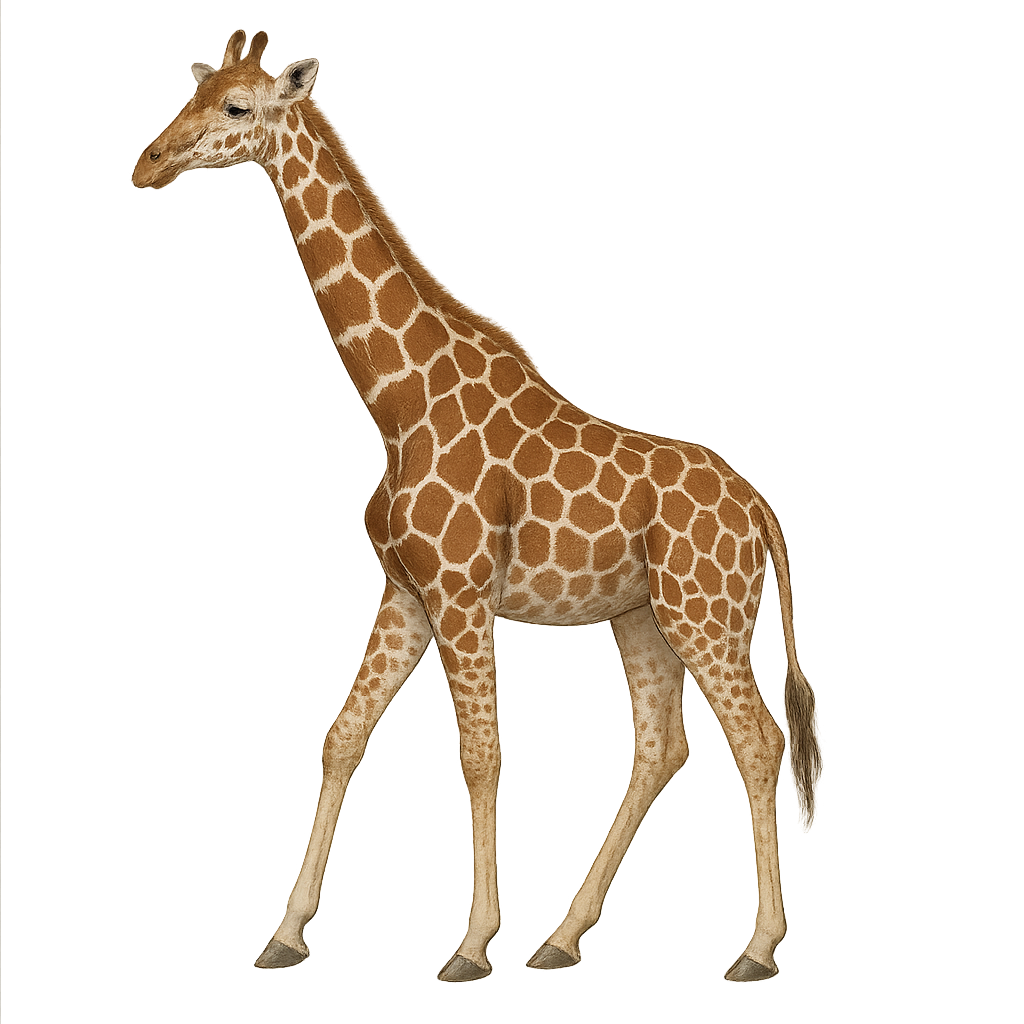Your wildlife photography guide.
Explore the reticulated giraffe in detail, study its behavior, prepare your shots.
Where to observe and photograph the reticulated giraffe in the wild
Learn where and when to spot the reticulated giraffe in the wild, how to identify the species based on distinctive features, and what natural environments it inhabits. The WildlifePhotographer app offers tailored photography tips that reflect the reticulated giraffe’s behavior, helping you capture better wildlife images. Explore the full species profile for key information including description, habitat, active periods, and approach techniques.
Reticulated giraffe
Scientific name: Giraffa camelopardalis reticulata

IUCN Status: Vulnerable
Family: GIRAFFIDAE
Group: Mammals
Sensitivity to human approach: Suspicious
Minimum approach distance: 20 m
Rut period: August to October
Gestation: 450-465 jours
Births: November to February
Habitat:
Savannah, open woodlands, grasslands
Activity period :
Activity varies depending on season, weather, or human pressure.
Identification and description:
The reticulated giraffe, or Giraffa camelopardalis reticulata, is a subspecies of giraffe known for its distinctive coat pattern of large polygonal patches separated by white lines. It is primarily found in northeastern Kenya, southern Ethiopia, and Somalia. Reticulated giraffes live in loose social groups and primarily feed on acacia leaves, which they reach with their long necks. They play a crucial role in their ecosystem by promoting tree growth and seed dispersal. Although majestic, they are vulnerable due to habitat loss and poaching. Their population is declining, leading to their classification as a vulnerable species by the IUCN.
Recommended lens:
400 mm – adjust based on distance, desired framing (portrait or habitat), and approach conditions.
Photography tips:
To photograph the reticulated giraffe, it is advisable to use a telephoto lens of at least 400mm to capture detailed images from a distance. The best times for photography are early morning or late afternoon when the light is soft and golden. Try to capture the giraffe feeding or interacting with other group members for dynamic shots. Be patient and respect the safety distance to avoid disturbing the animal.
The WildlifePhotographer App is coming soon!
Be the first to explore the best nature spots, track rutting seasons, log your observations, and observe more wildlife.
Already 1 430 wildlife lovers subscribed worldwide

